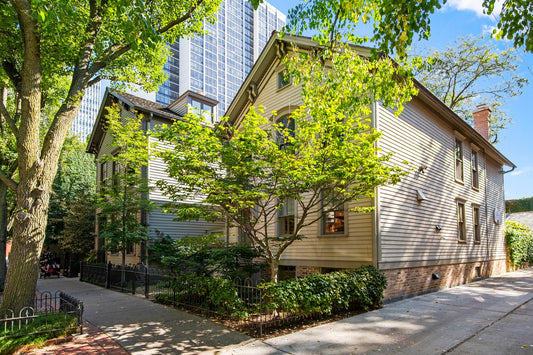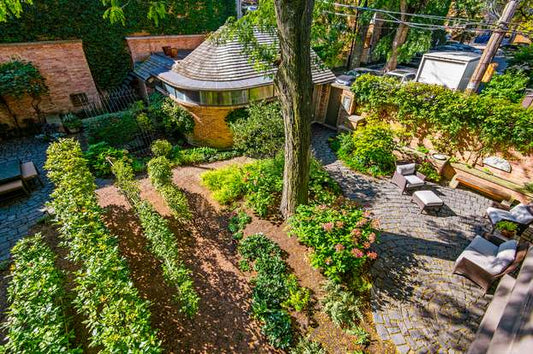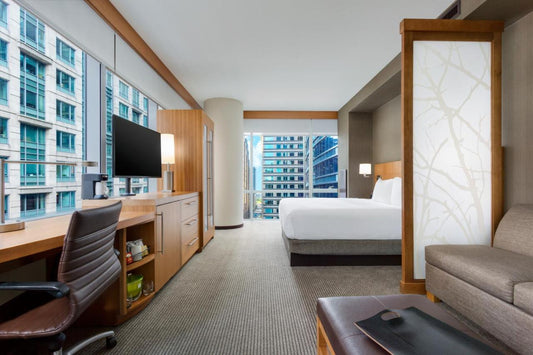The Usonian home design, pioneered by the legendary architect Frank Lloyd Wright, represents a unique blend of natural aesthetics, functional space, and energy efficiency. Born from Wright’s desire to create affordable and beautiful homes for the average American, Usonian architecture embodies several distinctive principles and practices that continue to influence modern home design.
At the heart of Usonian home design lies Wright’s visionary principles. These principles emphasize harmony between the home and its environment, a philosophy Wright referred to as “organic architecture.” This approach is not merely aesthetic; it is a holistic concept that integrates the house with its surroundings, ensuring that every element has a purpose and is in harmony with nature. The design features typically include flat roofs, cantilevered overhangs, and large windows, allowing for ample natural light and a sense of openness to the outside world.
An integral part of achieving this harmony is the use of natural materials. Usonian homes are renowned for incorporating local woods, stones, and bricks, not just for their natural beauty but also for their local relevance and sustainability. This use of indigenous materials not only reduces the environmental impact of construction but also gives each home a unique character that reflects its regional identity.
The concept of integrated landscaping in Usonian design further extends this harmony between the home and its surroundings. Wright believed that the outdoor space should be as thoughtfully designed as the interior. Usonian homes often feature gardens, terraces, and even water features that are seamlessly integrated into the overall design, blurring the lines between indoor and outdoor living spaces.
Another hallmark of Usonian homes is the open floor plan. Wright was one of the early proponents of fewer walls and more open areas within a home. This design choice is not just an aesthetic one; it maximizes space utility, promotes family togetherness, and enhances the flexibility of the living space. The open floor plan in Usonian homes often combines the living room, dining area, and kitchen into a single, flowing space, punctuated by built-in furniture and storage units that maintain the uncluttered, streamlined look.
Finally, energy efficiency is a key component of Usonian home design. Long before sustainability became a global concern, Wright’s designs incorporated features like passive solar heating and natural cooling strategies. Large windows and strategically placed overhangs allow for natural light and warmth in the winter, while providing shade and cooling in the summer. These homes often integrate other energy-efficient features, like radiant floor heating and natural insulation, making them not only aesthetically pleasing but also environmentally responsible.
In conclusion, Usonian home design represents a timeless blend of beauty, functionality, and environmental stewardship. Its principles, from the use of natural materials to energy-efficient strategies, continue to inspire and inform contemporary home design, proving that good design is not only about appearance but also about living in harmony with our environment.















